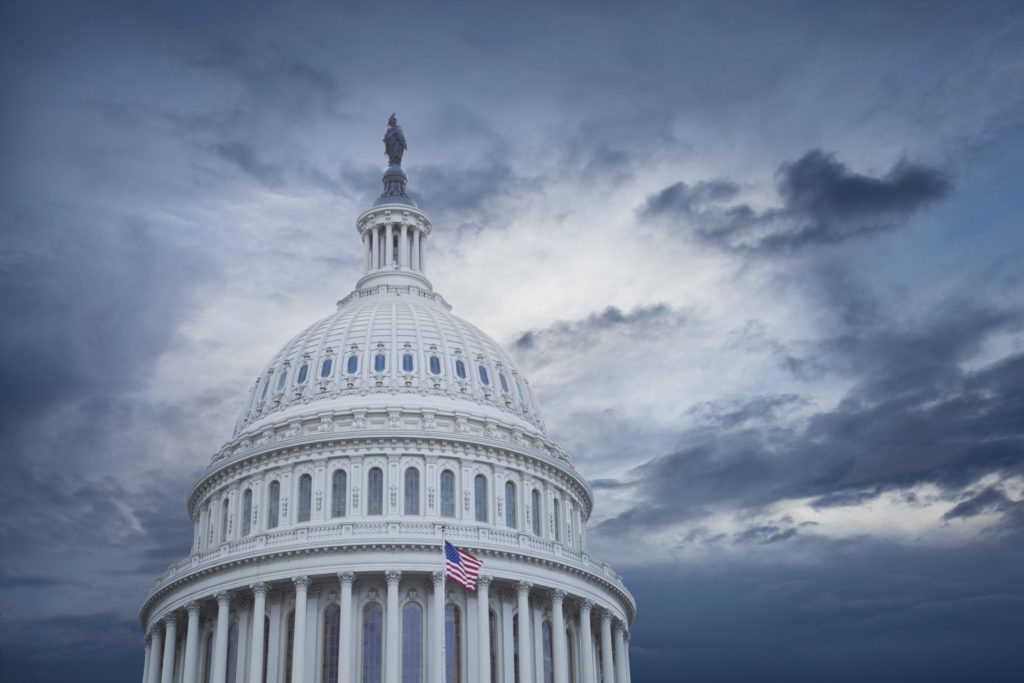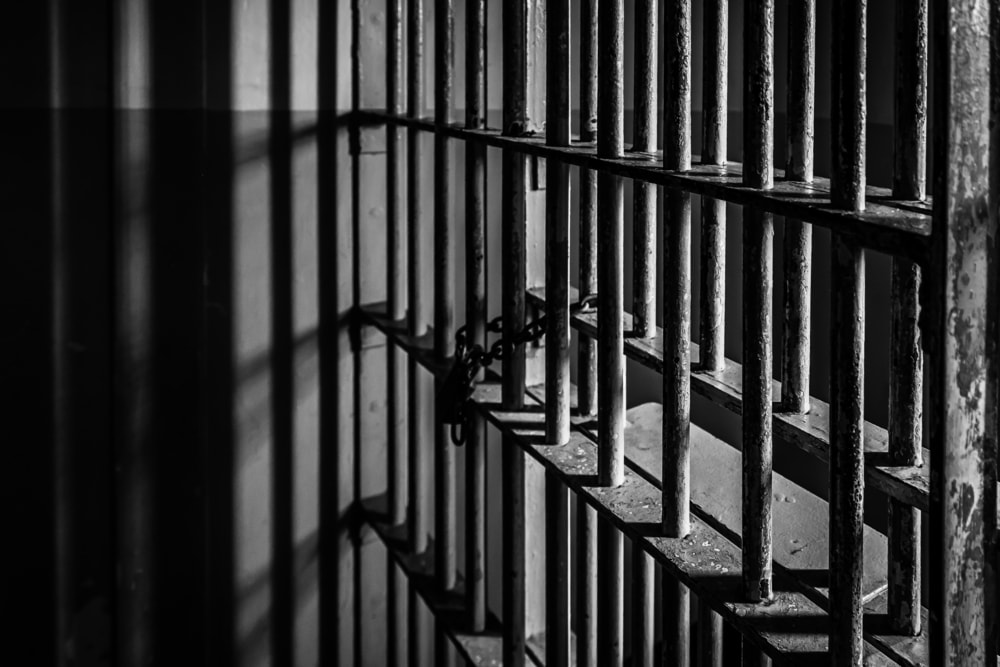Faced with increased crime, we need more—not less—justice reform
It’s impossible to escape the tragic news of the recent mass shootings and the general rise in violent crime, and Americans are naturally scrambling to discover their cause and how they can be prevented in the future. The jury is still out on both questions, but some have focused their ire on past criminal justice reforms—claiming that they’ve gone too far and are to blame for some of these violent acts.
While I admittedly don’t have all of the answers, it seems clear to me that we shouldn’t roll back many of our landmark justice reforms. Rather, we need more, like those that target at-risk youth before they are mired in the seemingly endless cycle of crime and punishment.
Unfortunately, scapegoating justice reforms shouldn’t come as a surprise. “Whenever crime rates go up, you hear calls to be tough on crime, but when those calls become louder, it is important to look at the evidence,” said my long-time friend Ben Jones, the assistant director of Penn State’s Rock Ethics Institute and co-editor of The Ethics of Policing.
While there are myriad forms of criminal justice reforms, many have improved the front end of the justice system: reforming the cash bail paradigm, encouraging citations in lieu of arrest and instituting diversion programs like accountability courts for those accused of low-level crimes.
Could these reforms be the cause of the crime wave? “Based on my reading of the available evidence, they don’t appear to be to blame,” Jones responded. In fact, they should reduce crime. These efforts work to keep individuals accused of low-level offenses out of jail because research shows, regardless of guilt or innocence, spending time there increases the likelihood of being rearrested.
Studies have demonstrated that diversion programs reduce recidivism rates; smaller jail populations don’t lead to increased murder rates; and some reforms, like relying on citations instead of custodial arrests for petty offenses, could actually decrease homicide rates by allowing law enforcement officers to concentrate on more serious crimes. Put simply, many of the aforementioned reforms have actually benefited public safety.
When asked what’s behind the uptick in violent crime, Jones said, “At this stage, we can only offer educated hypotheses.” He believes that there is likely a range of contributing circumstances, including socio-economic factors, ripple effects from the pandemic, and changes in policing after George Floyd’s tragic murder and the subsequent protests of 2020.
While there’s no panacea for crime, I’d suggest that policymakers explore smart reforms that aid juveniles before they are trapped in the cycle of crime. After all, incarcerated youth recidivate at a shocking level—up to 80 percent within three years in some states—and their experiences seem to translate to adult criminal activity too. “Juvenile incarceration […] increases adult incarceration by 23 percentage points,” reads an MIT study.
However, each juvenile’s criminal history begins with one arrest, but many are related to substance abuse or mental health disorders. In fact, almost 30 percent of youths in the juvenile justice system suffer from a severe mental disorder, and illicit drug use increases the likelihood of an arrest and the severity of the crime. Given this, many juveniles don’t need to be arrested; they need substance and/or mental health support.
To provide this, policymakers from around the country could pursue with greater vigor juvenile pre-arrest diversion programs, also known as deflection. “Instead of utilizing traditional police interventions (i.e., arrest, booking, and charging), deflection relies on law enforcement to be the referral source to community-based drug treatment and mental health services prior to potential crises,” writes Police Chief Magazine.
So instead of arresting youths who are suffering from mental health or substance abuse disorders, officers would divert them to organizations where they can receive the services that they need. This helps keep juveniles out of the justice system and provides them the support they need to be productive members of society.
These tactics show great promise, too. They can correct the behavior of at-risk youth—stopping crime at its genesis before it becomes a relentless cycle—which reduces overall crime, drug use and saves taxpayer money associated with public safety.
Thankfully, Georgia is beginning to take these issues more seriously. While our mental health system ranks 48th in the country, that’s poised to change. Earlier this year, to much fanfare, Speaker David Ralston (R-7) sponsored legislation, which has since become law, that will expand access to mental health and substance abuse treatment for Georgians, including juveniles.
While some are still clamoring to abolish prior justice reforms, lawmakers should resist these demands, given that increased incarceration has little to no impact on crime rates. Nevertheless, as Jones asserts, “The belief that we need to increase our incarceration rates and lock even more people up betrays a lack of moral and political imagination.”







